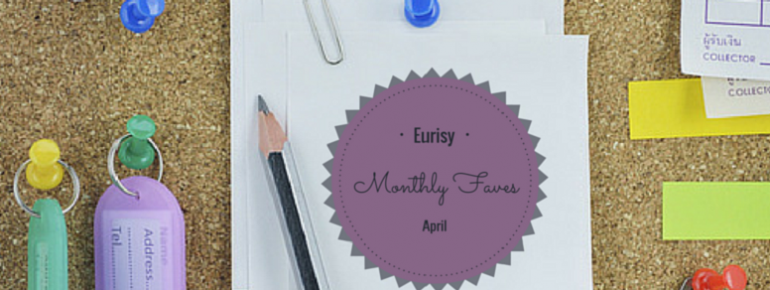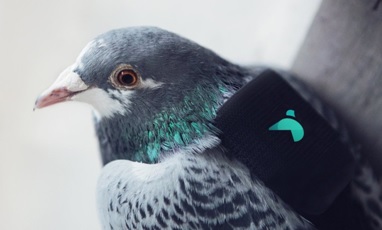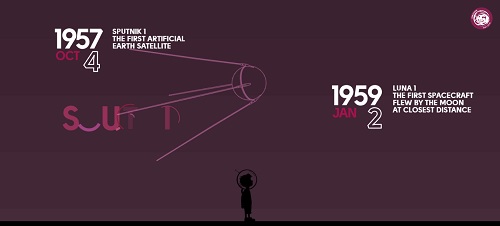Eurisy’s Monthly Faves


1. With a little help from our friends (the pigeons!)
French start-up PlumeLabs, Twitter and DigitasLBi have joined creative forces and launched a team of 10 pigeons carrying interconnected sensors, to monitor air pollution in London. The App is available on Android and Apple here. You can track the little Pigeon Air Police in real-time here. Moreover, if you Tweet them your area of London @PigeonAir they’ll tell you how polluted it is!
2. Satellites, monitoring your beer since 2016!
B. United International, a beer company, is using satnav and satcom to guarantee to its customers that their beverage of choice will taste exactly the the same on arrival in the U.S. as when they left the brewery in their country of origin, for a trip around the globe. Read more here.
3. Satellites help save lives on a hospital ship
Texas-based NGO, Mercy Ships, uses #SatCom to connect volunteering medical staff on its floating hospital with patients in poor, difficult to access areas. In the future it is expected that video could be used more extensively for training African healthcare workers. Read more about the NGOs life saving missions and get involved here.

4. In Space we trust !
Russian Advertising Company AILove teamed up with Roscosmos in celebrating humankind’s achievements in space, from from Sputnik 1 through to Yuri Gagarin’s historical orbital flight to Philae’s comet landing. Powered by imagination and our natural curiosity the journey takes us further and deeper into our solar system. New Horizon flew by Pluto in July 2015 after a journey that took the spacecraft 9 years and 6 months .The probe is set to venture even deeper into the distant, mysterious Kuiper Belt – a relic of solar system formation. Your space suits await here!

5. Access Earth’s wild scenery through Virtual Reality
Catalog.Earth, a project aiming to document the world’s landscapes most endangered by climate change in 360° video and audio, takes off thanks to a Kickstarter crowdfunding campaign. It started as an immersive data experiment relying on NASA’s satellite images. It’s now a race against time to document the fastest changing landscapes around the world.
The project founders, two interaction design grad students, aim to make the footage public domain for everyone to access. First stop: the quickly-shrinking Columbia Glacier in Alaska! Simulations look promising@ ixdavid.github.io
6. Sentinel 1B launch — another milestone for Copernicus
Sentinel 1B lifted off on 25 April to join its twin Sentinel 1A in orbit. On this occasion, four CubeSats (as small as 10 cm) also hitched a ride to space. Equipped with advanced radar technology, the satellites will add valuable data to Europe’s Copernicus environment programme. The two satellites will provide 360 degree radar coverage to support numerous ground operations such as: monitoring ice in polar seas to tracking land subsidence. How will this influence our daily lives? A short story below:
7. Ever gazed up at the night sky and wondered: Where is everyone? Welcome to the Fermi Paradox!
According to scientists for every grain of sand on every beach on Earth, there are 10,000 stars out there. Out of which, a new PNAS study assumes that our vast universe contains a total of 100 billion billion Earth-like planets. How many of these would be able to develop life conditions similar to Earth? If are to follow statistics…many. So where are the others? To put things into perspective click here.
